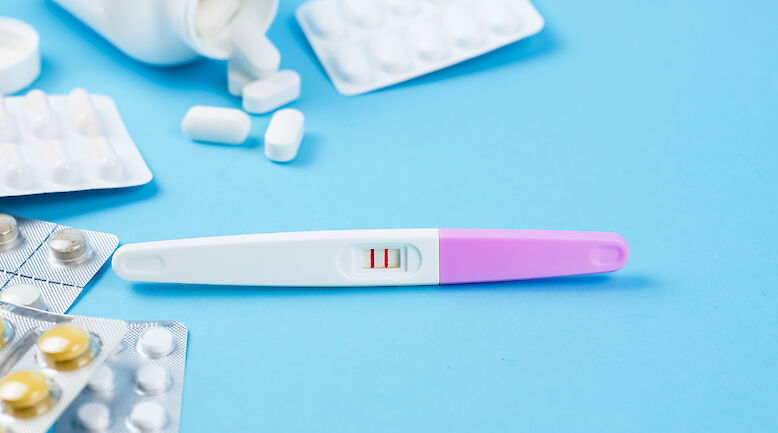English summary: Assessment of hip fracture patients at geriatric outpatient clinic

Background
Hip fracture patients are at high risk of falling again and even sustaining a second hip fracture. There is a great need for secondary prevention after the first hip fracture. Previously, multifactorial interventions have proven to be effective in prevention of falls and fractures in older persons. The aim here was to describe the prevalence of risk factors for falling in patients attending a geriatric outpatient clinic after hip fracture.
Methods
The study population comprised 451 consecutive hip fracture patients aged 65 years and over from the Hospital District of South-Ostrobothnia, Finland. The patients were invited to undergo a comprehensive assessment at the geriatric outpatient clinic of Seinäjoki Central Hospital 4-6 months after the fracture. Prior to the outpatient visit, they were offered a physiotherapist's assessment on balance and mobility. During the geriatric outpatient visit, new falls were documented and a multidisciplinary team created an individual treatment and rehabilitation plan for each patient based on the comprehensive geriatric and physiotherapist's assessments.
Results
Of the surviving patients 276 (76%) underwent the geriatric outpatient assessment and of these 241 (87%) completed the physiotherapist's assessment. The median age of the patients was 82 years (range 65-96) and 76 % were women. The median time from the fracture to the outpatient visit was 5,3 months (range 4.0-17.7 months). Many of the known risk factors for falls and hip fractures such as orthostatic hypotension, polypharmacy, malnutrition or a risk of becoming malnourished, and impairment in activities of daily living or mobility were common among the patients. Cognition as measured by the Mini Mental State Examination was impaired (scores less than 26 out of 30) in 75% of tested patients, but only 18% of these had had a diagnosis of a memory disorder at the time of the fracture. Based on the physiotherapist's assessment, 65% were in need of further exercises. Approximately 64% of the patients had at least moderate renal insufficiency according to the glomerular filtration rate measured by the Cockcroft Gault formula. New falls were documented in 58 (21%) patients.
Conclusions
Comprehensive geriatric outpatient assessment of hip fracture patients identified multiple potentially modifiable risk factors for falls and provided an opportunity for secondary prevention as well as for further rehabilitation and detection of previously undiagnosed memory disorders. Further follow-up will show the effects of the intervention on longer term outcomes such as refracture rates, institutionalization and death.












